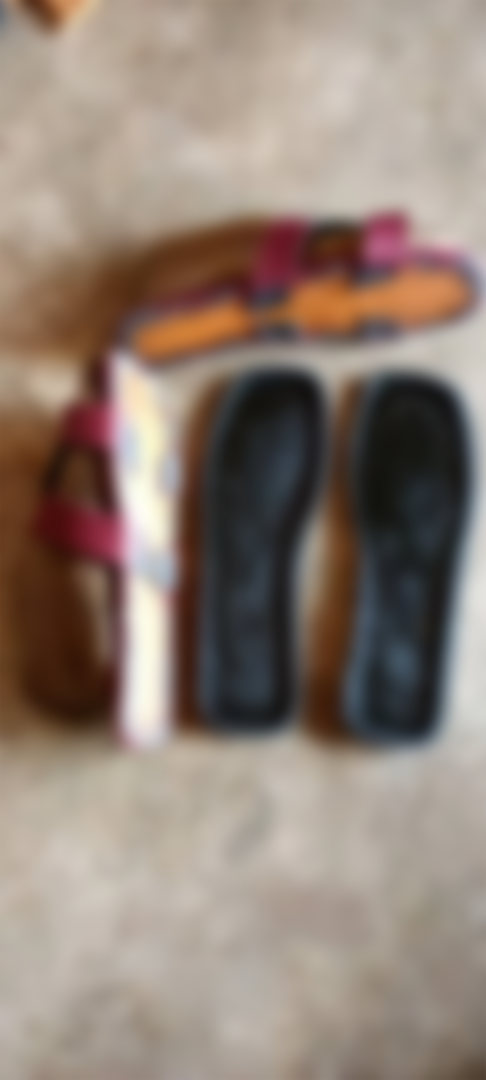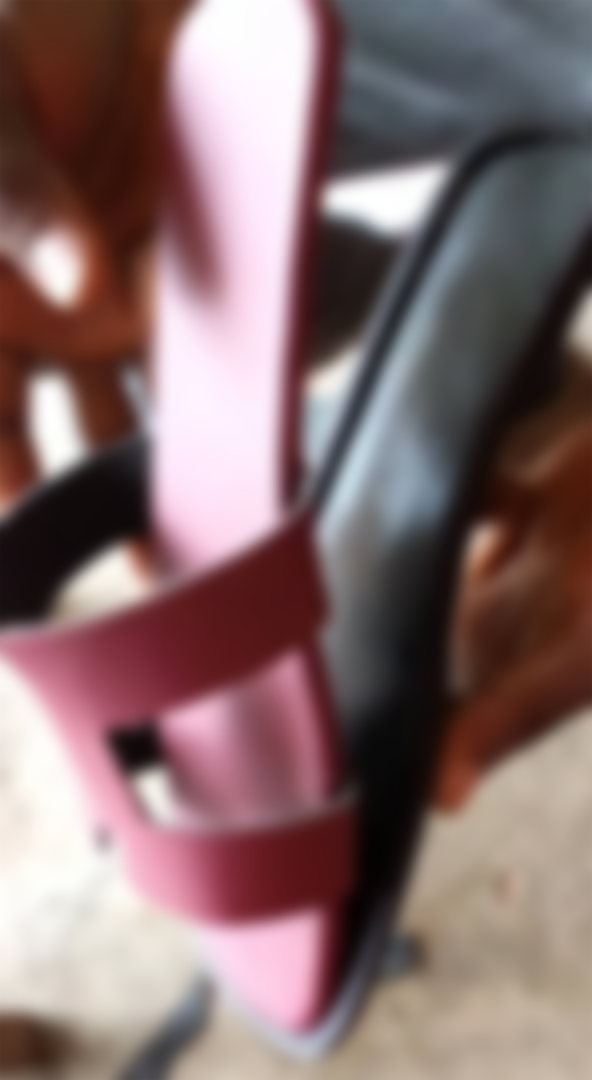How to Become a Successful Shoemaker with Tutorial
Shoemaking is not an easy profession to succeed in. It is a competitive and challenging industry, with high barriers to entry. There are many steps involved in becoming a shoemaker and you need to have a lot of skills, time, and money to invest if you want to become one. If you are thinking about becoming a shoemaker, the first question to ask yourself is why? Why do you want to be a shoemaker? Do you enjoy making footwear and feel like it could be your life’s work? Can you do this as your main business in life? These are all critical questions that need to be answered before moving forward with this career path.

What does it take to become a Shoemaker?
The first thing we need to understand is that being a shoemaker is not just about making footwear. To be successful, you will need to understand the whole industry, from the design phase in the office to the production phase in factories. There is a lot of work involved in becoming a good shoemaker and it’s not something you can learn overnight. It takes years to become proficient in the trade and even then, you will still be learning new things. The sooner you realize that it is not an easy path and that you need to be prepared to make sacrifices, the better it will be for your career.
There are few people in the world who make a living just as shoemakers. In most places, shoemakers work in footwear factories. So in order to make it as a shoemaker, you will need to go to a factory and convince them to hire you as an apprentice. You will need to put in a lot of effort and time to become one of the best shoemakers in the factory. Once you have a few years of experience under your belt, you can start your own company. This is the hard way to do it, but it will definitely be worth it.

Learning the skills needed to be successful as a Shoemaker
The first step in becoming a shoemaker is to gain some general skills. You need to have a basic understanding of how footwear is made, different types of fabrics, patterns, and types of stitches.
You also need to understand your body size and shape because this will help you fit a customer when you start making bespoke footwear.
You will have to have a good knowledge of how different materials are manufactured, the different parts of a shoe, and the construction of a shoe.
You also need to be proficient in the language of footwear, which includes the anatomy, terminology, and construction of a shoe.
To be a successful shoemaker, you need to be able to create original designs that are functional, appealing, and meet the needs of the customer. This can be achieved through sketching, drawing, and many more.

Networking and Finding an Apprenticeship
Becoming a shoemaker doesn’t happen overnight. It takes a lot of hard work and determination to become a master at this craft. When you decide to become a shoemaker, you need to find a reputable company that hires apprentices. You can start by asking around if there are any shoemakers in your town who have a workshop. You also can contact footwear manufacturers in your area and see if they take on apprentices. Once you have found a company that hires apprentices, you can start networking. One of the best ways to get your foot in the door is to introduce yourself and offer your services for free. You can volunteer to help out in the office, assist the designers, do some sketching for the samples, or work in the shop. You can even offer to clean the machines or sweep the floor. The key is to show the owners of the company that you are willing to do whatever it takes to get your foot in the door.

When you’re starting out as a Shoemaker
There are several key points in your career when you will be tested and will need to decide what type of shoemaker you want to be. When you start out as a shoemaker, you will be working in a factory and making general footwear on large machines, such as both men's and women's shoes. You won’t be making much money and working long hours. Your only goal at this time is to learn as much as possible from your colleagues and try to get as many different types of jobs as possible. Sometimes you might be doing something that you don’t like, but you need to prove to your employer that you can do anything they ask. Once you have spent a few years in the factory, you will have a better understanding of how the footwear is made. You will start understanding footwear construction and why certain materials are used in specific areas. This is when you need to decide if you want to become a designer or a pattern maker.

I'll like to tutor you on the female footwear I shared here through the materials, tools, and processes.
Materials Applied:
Foreign leather.
Footwear sole.
Gum.

Tools used are as follows:
Sandpaper machine.
Hammer.
Scissors.
Cutter.
Brush.

Processes applied:
Having the complete materials to be used in making the female footwear at your doorpost must be considered.
Take proper measurements of the leg size and top design.
Make a sketch using a pen/pencil on the top leather to be used.
Use scissors/cutter to cut pieces of the top leather design we just measured.
Arrange the top leather design using the gum.
Use a sandpaper machine to scrip the footwear sole and the top leather.
Apply gum on the sole and top leather design.
Place the sole and the top leather design under the sun for about 2hrs for proper drying.
Join the sole and the leather appropriately, then use a hammer to hit slightly.

Conclusion
If you make the decision to become a shoemaker, you need to be willing to make sacrifices. You will be working long hours, making less money, and have to put up with a lot of frustrations. You will have to be willing to put in the time and effort to become good at your craft. You need to be open to learning new things and constantly improving your skills. You also need to be ready for some hard work and long hours. More than likely, you will have to work odd hours and go to some late-night meetings. If you have the passion and desire to succeed as a shoemaker, it can be a rewarding career.

The images above belongs to me @Apunawu
This content is also published by me through Peakd








